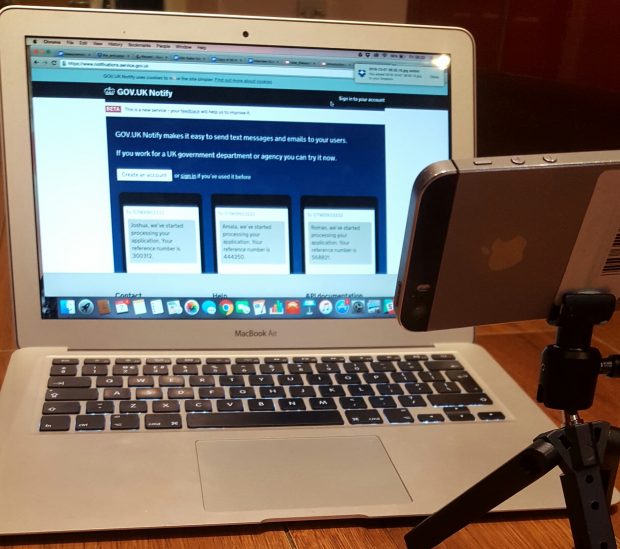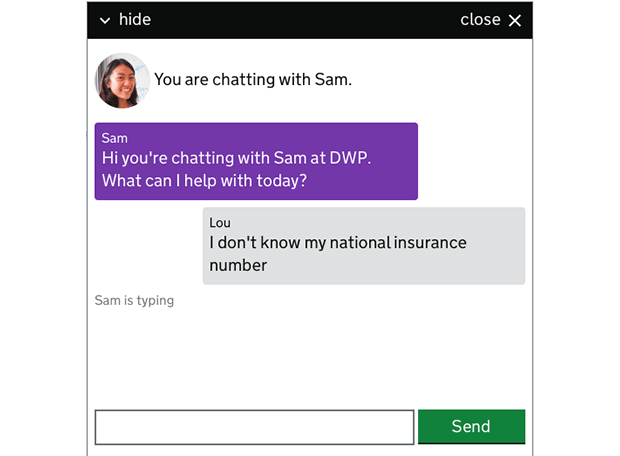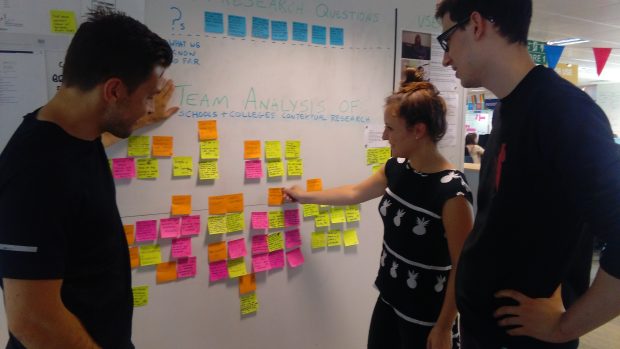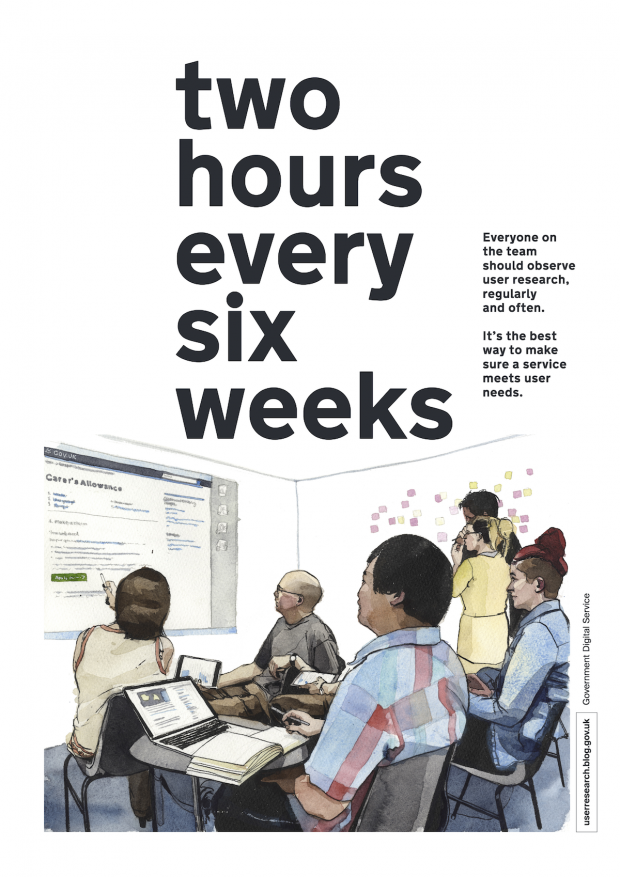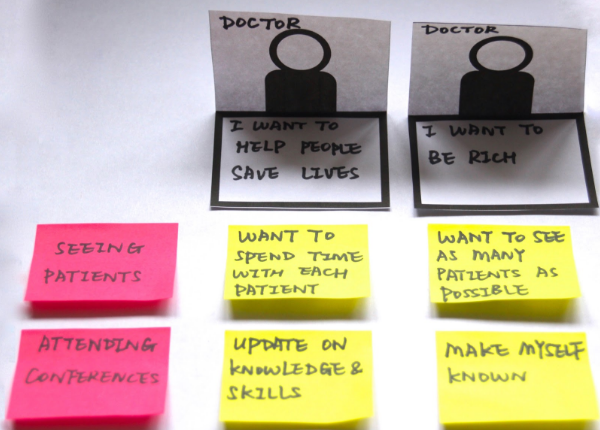Tips and techniques
We’ve published new guides to the most common user research methods. And we’re trying out a new discussion group to help the community contribute to the guidance and keep it up to date with our evolving practice.
Setting up a knowledge kanban board is a great way to organise and track user research work. Here are some tips on how to create one and how it can help.
Recently, we blogged about our research on how users feel about webchat, and the way we used roleplay to test human interactions in a webchat. Our third piece of research took us out of the lab.
In our recent webchat alpha we looked at whether there are common webchat needs across government. We also investigated what opportunities there might be to meet those needs in a more consistent way. This involved lots of user research including …
Hello, I’m a user researcher on the GOV.UK Notify team. For the past couple of months I have been doing research with developers to see how easy it is to integrate Notify with their services, and streaming the sessions back …
In our recent webchat alpha, we looked at whether there are common webchat needs across government, and what opportunities there might be to meet those needs in a more consistent way.
The GOV.UK Finding Things team is committed to improving the navigation across GOV.UK. We’ve already created a user-centered single taxonomy and improved our navigation design patterns.
This week I visited the Swiss government to talk about how we do user research for GOV.UK. And to explain how we foster a user-centred culture in GDS and across government by getting everyone involved in user research.
The Finding Things team recently ran a mock tagging workshop. We did this to learn how content designers apply subject tags to content to say what it’s about.
At the end of last year, the Performance Platform team completed a (re)discovery project. We wanted to look at how people use data to improve performance. As part of this project we used Activity Theory to build personas.
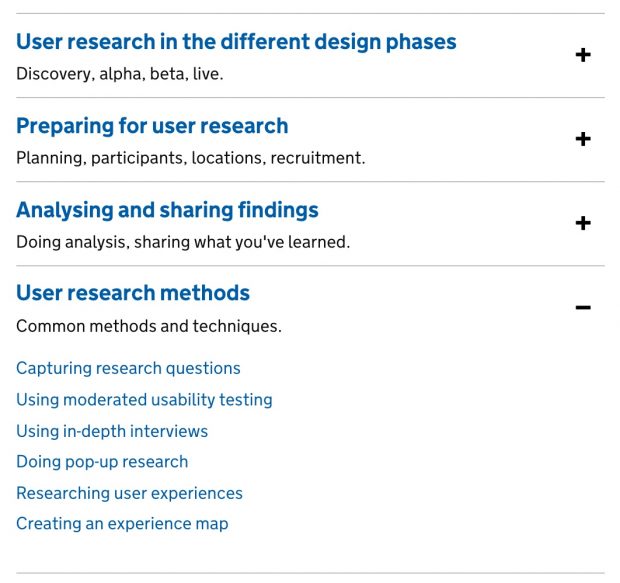
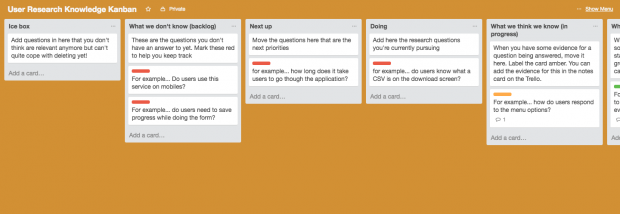

![A screenshot of a webchat process for advisers and potential adviser responses. The text reads: Adviser process: Greet user / ask what their problem is Ask for car reg Ask for date they want to pay for Ask for their credit card number Ask for their expiry date Ask for their security code Try to process the transaction Process this - it works! Give them a transaction reference Close the chat Wait 10-20 seconds before responding each time Make sure you close the chat at the end! Potential adviser responses: [Hi you’re chatting with xxxxx. What can I do for you today?] (prefilled) OK. I can help. What’s your car registration? What date do you want to pay for? That will cost £2.50. Can I take a credit card number? And the card’s expiry date? And the security code - the last 3 digits on the back of the card? Thanks. Let me process this now. The transaction has been processed. Your reference number is 8QU45337.](https://userresearch.blog.gov.uk/wp-content/uploads/sites/102/2016/12/webchat-roleplay-photo--620x562.png)
